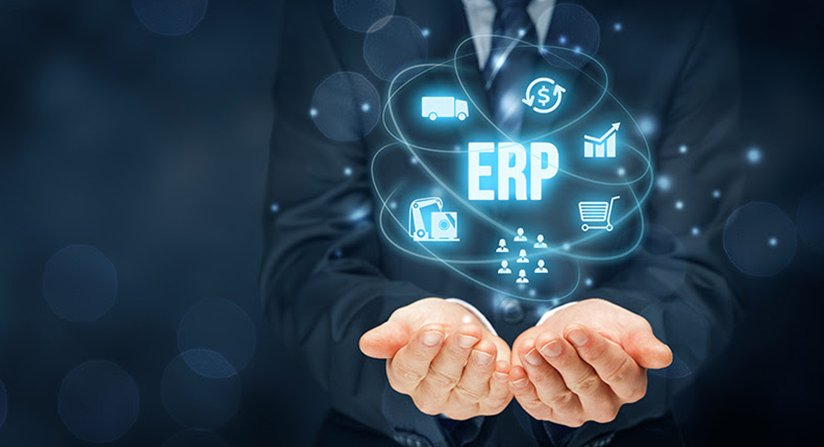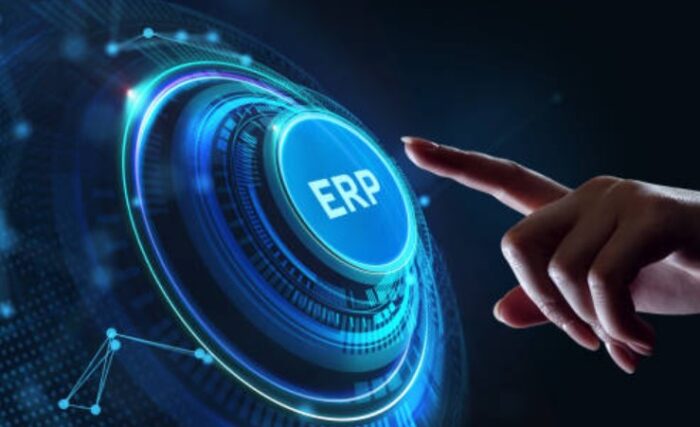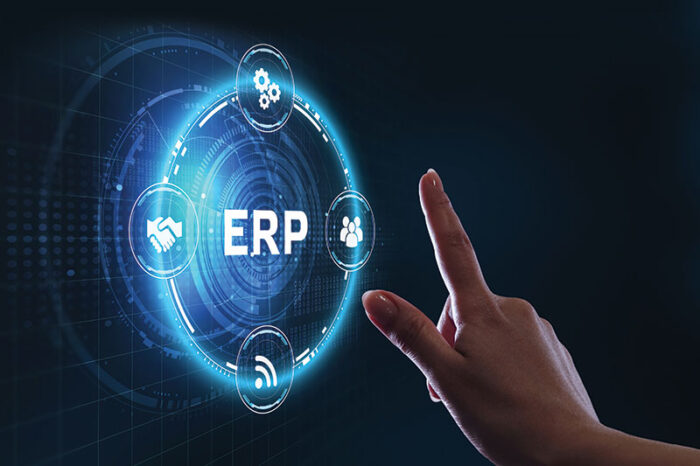
ERP stands for enterprise resource planning, and in general, it covers all the activities that a company is performing in order to integrate their job with the proper software and technology. We are not talking about one action or two, because it’s a group of organized actions to manage the processes like accounting, managing, procurement, and many others that keep the company “alive”.
A company is a set of many activities, which together contribute to the realization of its mission. Of course, there are different departments and employees with different roles, but their purpose is to maintain the work process and to deliver the service or product on time.
Therefore, in addition to collaboration, there are ERP solutions, which are usually software, which follows and integrate the planning of various departments, inventory procurement, marketing, production, financial department, human resources, maintenance of computer systems and IT, process monitoring, the realization of plans and so on.
These ERP solutions are based on advanced technologies. Sometimes someone from the company is developing the software, but usually, the company owners or management are buying a ready-to-use solution, as you can find on smetric.com. You need to manage all the aspects of the company, but you can’t do that without a proper program to help you with that.
If you integrate a proper ERP solution, you will see how all things will go much easier than before. You will be able to access all the needed information, all the time, no matter where do you are. You can control the whole process even when you are at home (and you are a control freak and workaholic in your spare time).
But, the key thing is to get to know that the ERP system must be effective and accessible because if you don’t implement it properly, you won’t be able to use its benefits in your favor. There is not a specific strategy for successful implementation, but there are a few combinations of approaches that can be pretty effective.
In the end, it depends on the goal of the company and many other factors, including the number of employees and how the departments work and collaborate. Some of this information can be pretty helpful if you decide to change the way your company works, or if you want to improve the ERP implementation in general:
1. Define the stages of implementation and integration

There are several defined stages, but you need to decide how your work will fit into it and how you can contribute to increasing efficiency. You first need to define weaknesses and goals, detect where you need more advanced management and whether ERP would really help.
The design of the solution is as follows. You can make a few simple solutions for running the processes that will be available to everyone, or use ready-made software, as we suggested above. If you are developing a system yourself, do not forget that you must test it, but also appoint responsible people who will maintain it if necessary.
2. Create an effective management plan
Every process has a beginning and an end, but what happens in between is also important. For successful implementation of ERP, it is necessary to make a detailed analysis of potential costs, to make sure that you have a backup of all data in case of deletion and the next step is to launch the solution for all users.
3. One step migration method

This process requires months and months of hard work and data integration, system configuration, testing, all in order for the whole company to be able to start using it on the same day and at the same time.
Such an operation is cheaper than step-by-step integration, but even the smallest mistake that was overlooked at a given moment can cause all employees to not have access to the new ERP system. Productivity decline can also be seen if they need more time to get used to it.
4. Phase adaptation and parallel implementation
It is much more efficient if you divide the whole process into several stages. For example, you know that specific departments, such as IT, will find it easier to adapt to the new system, so start with them. When things go slowly, without haste, they take more time but are implemented more efficiently.
During this time, you can train others how to use the system. Parallel work means comparing the old and the new system and motivating them to incorporate daily activities into the new plan, which will make it easier for them to get used to and not feel pressured to learn something new at once.
5. Consider the most important factors

When we talk about the most important factors, we mean defining potential risks, such as declining productivity and small downtime. You have to anticipate that, especially if you have a complex organizational structure.
You must also define risk tolerance. And of course, are those potential risks expensive and what is their price and would they bring a big loss. One-time implementation is best when it comes to savings, but worst when it comes to relying on productivity. Find a way that you think will be easy for employees, but also that will not make a big delay in the work process.
6. Communication is key
You as a leader, together with your analysts, developers, engineers, department managers, all of you need to establish transparent communication with each employee, so that you can solve potential problems from the use of ERP solutions, without making problems at all levels of work of your company.
As you can see, there is no strict way on how to do these things properly. You need to detect the weak points in your company and get to know the individuals who work for you better, so you can decide which approach is better to use. And it won’t be simple – you must be prepared for that.
It will be challenging, and it will take some time until they all get used to it, but once the implementation is done, you will discover a whole new aspect of the way the company can work.














